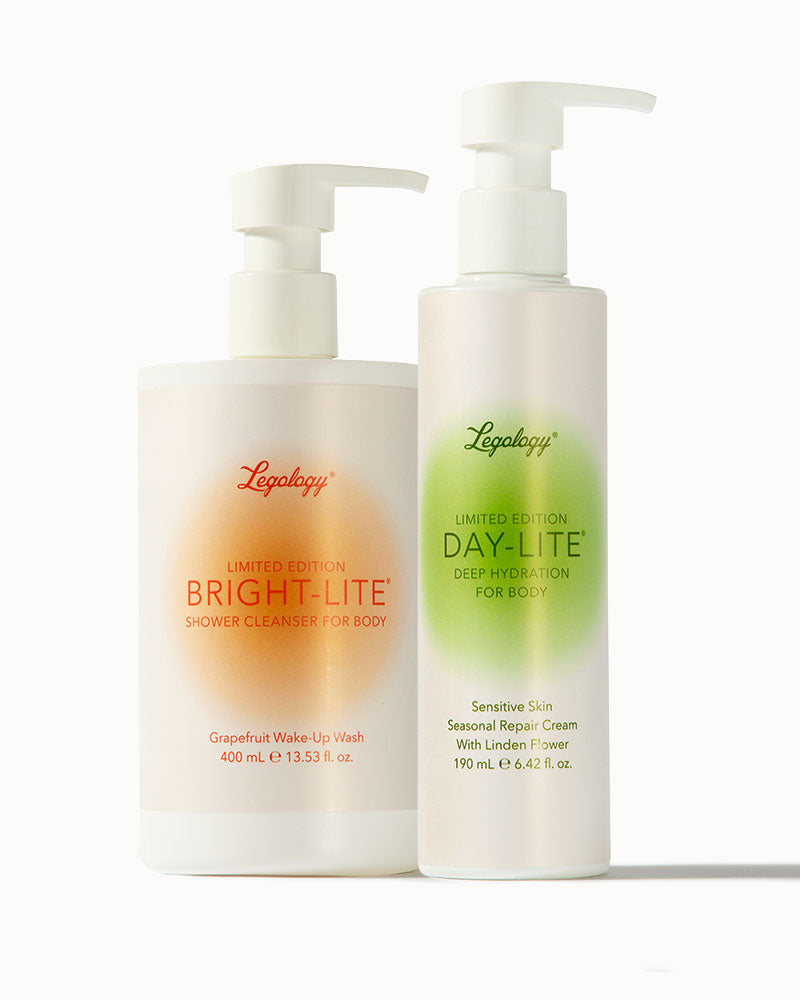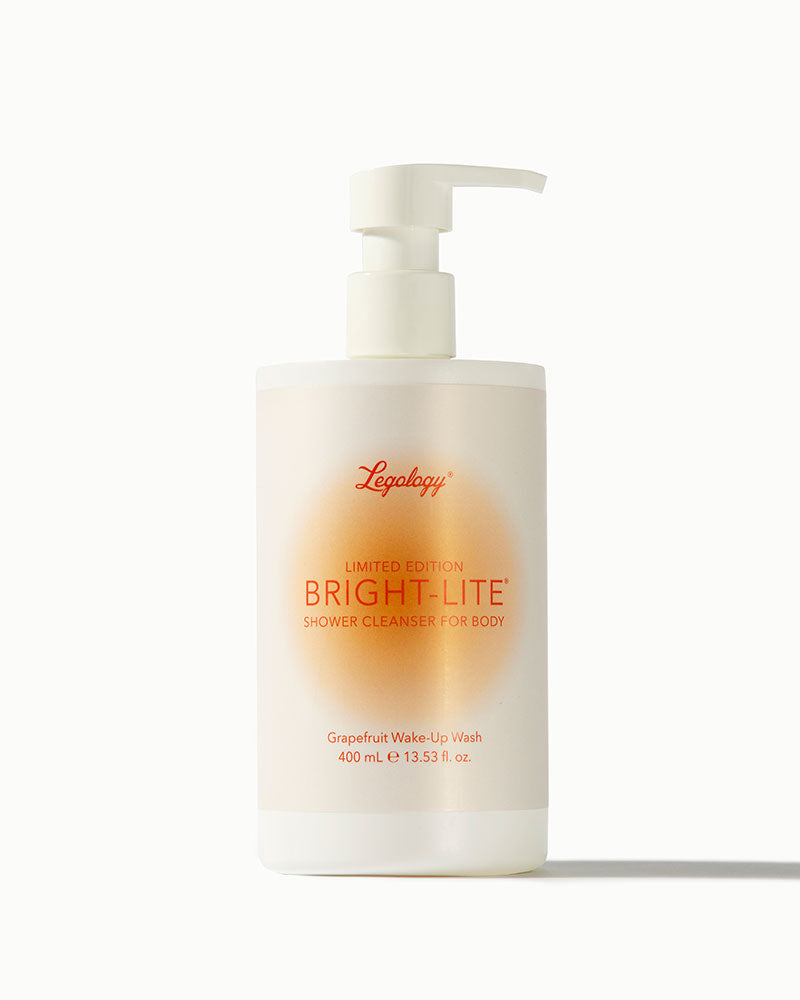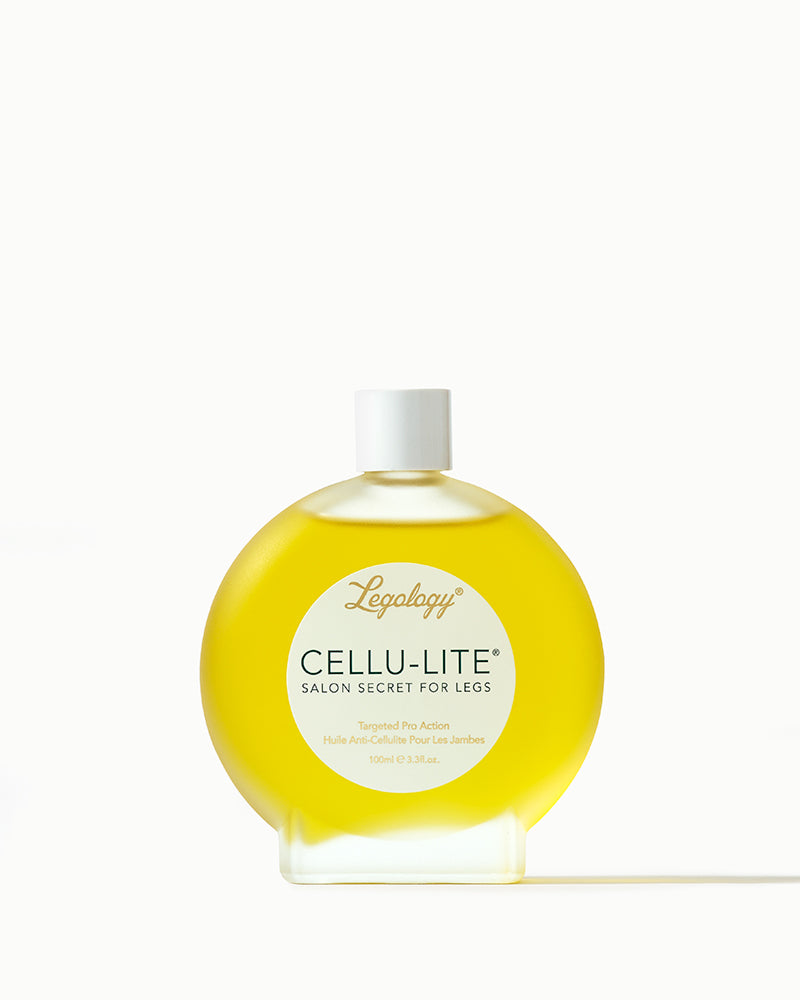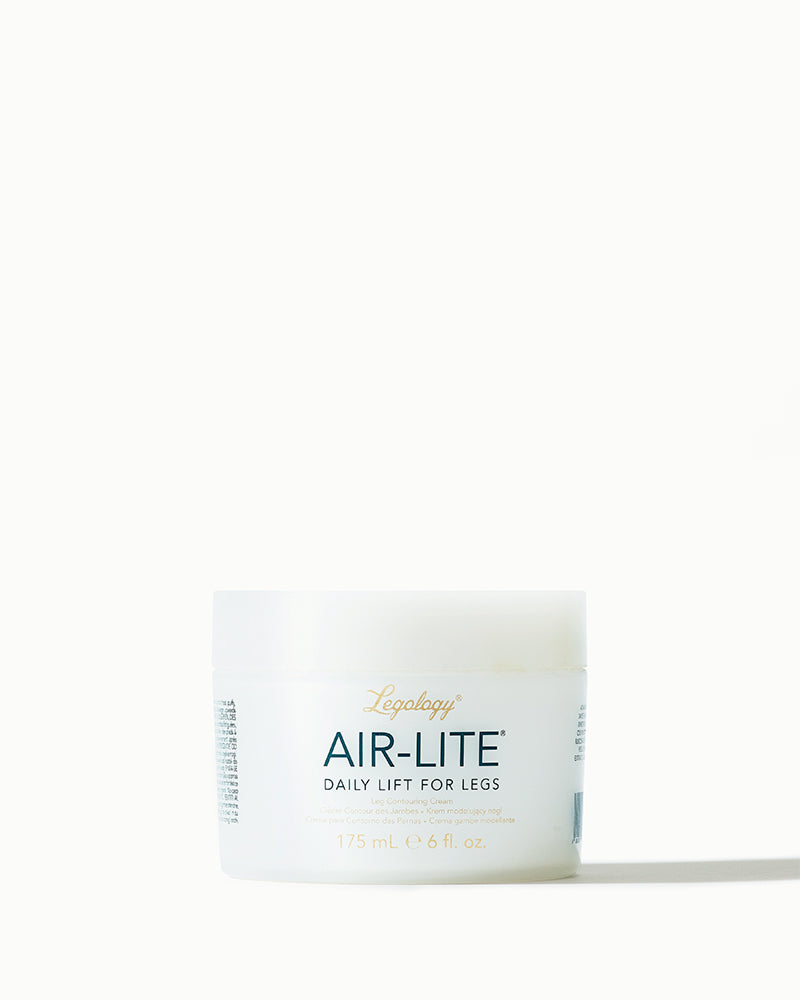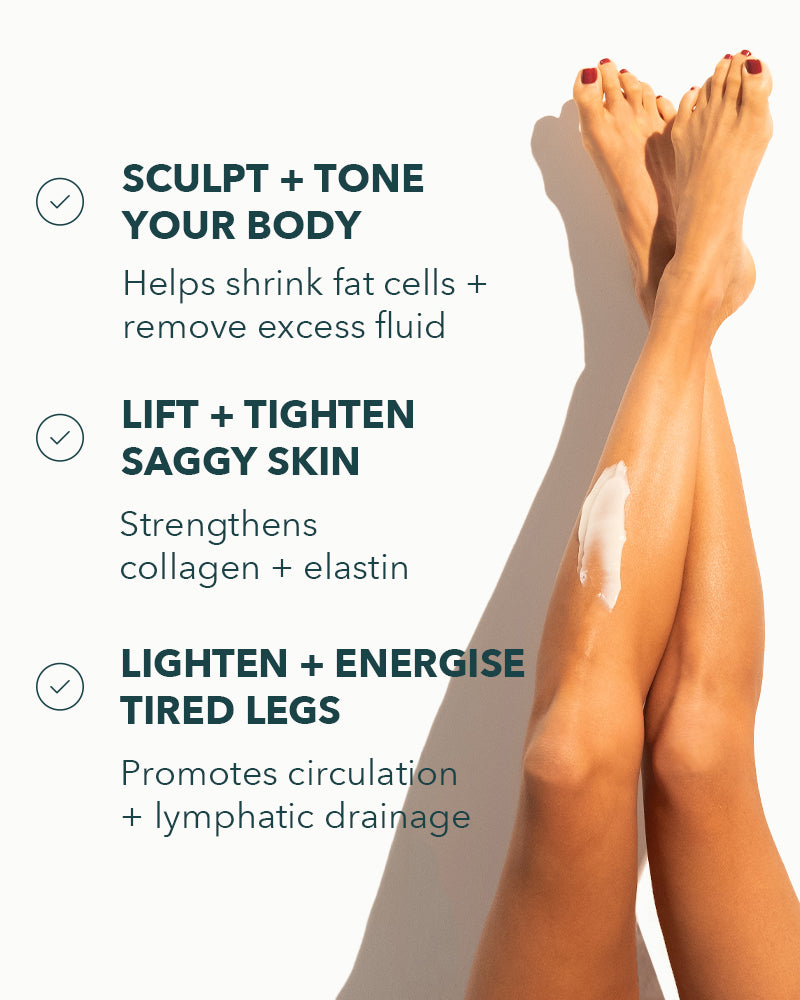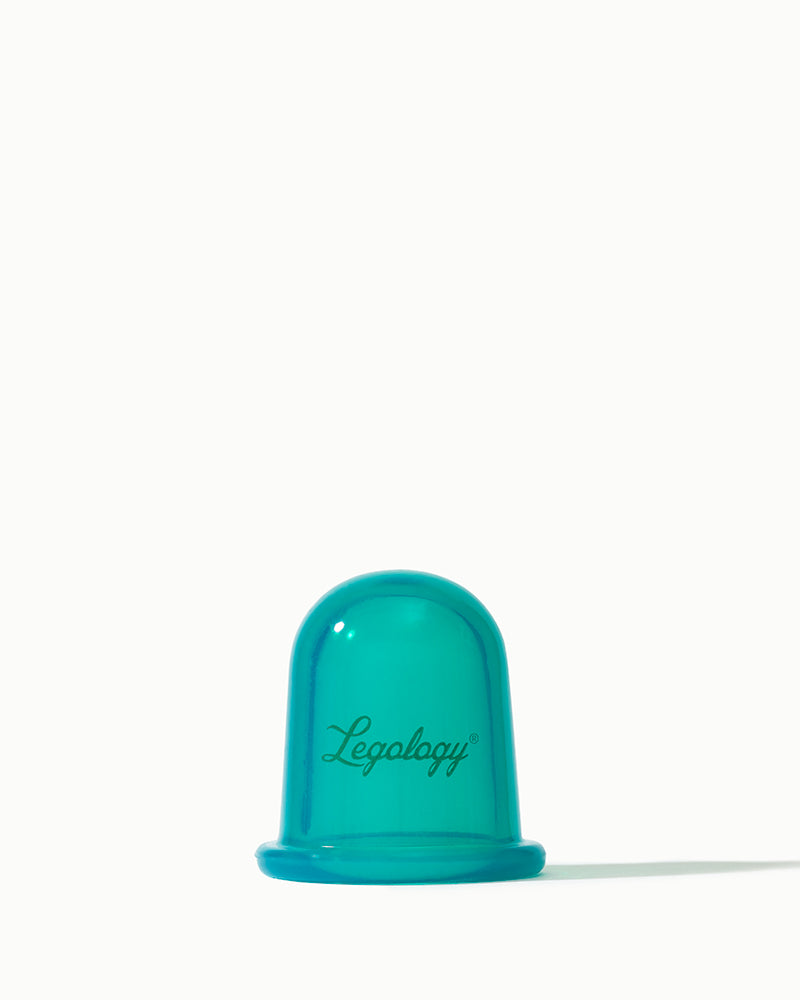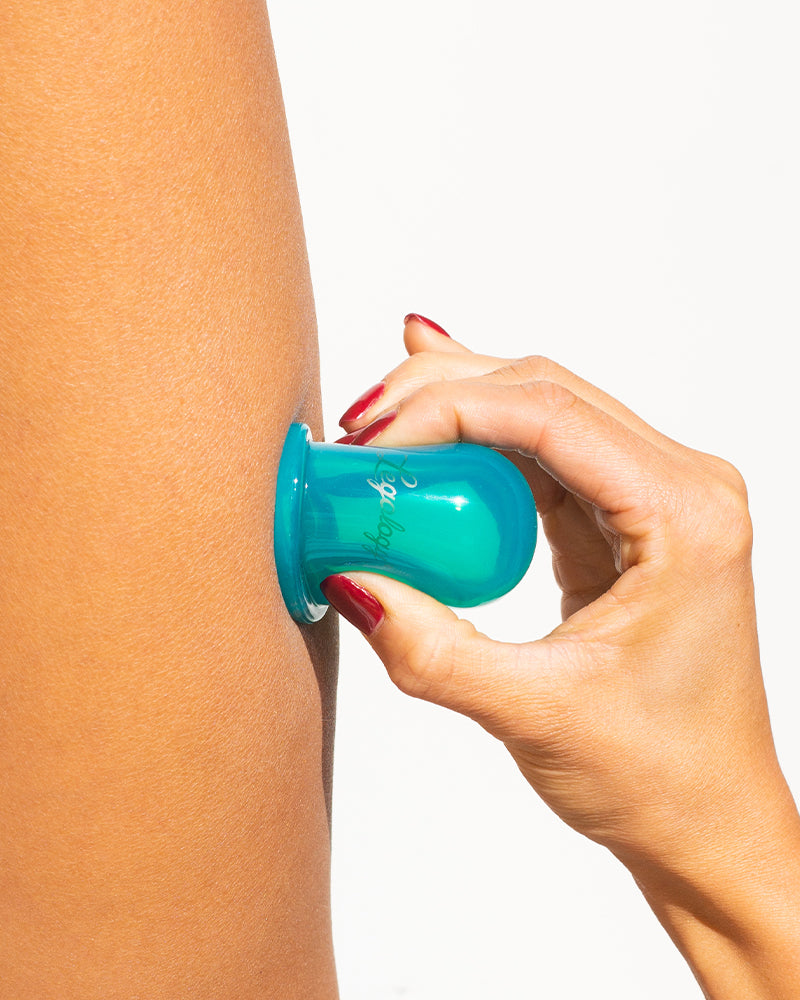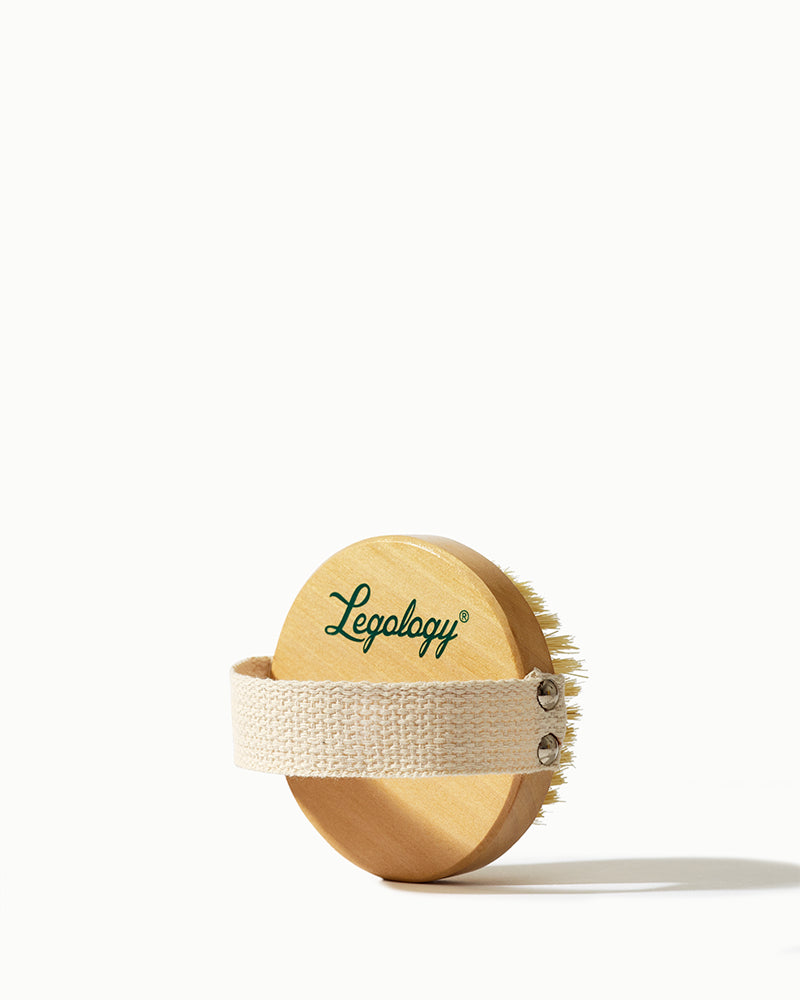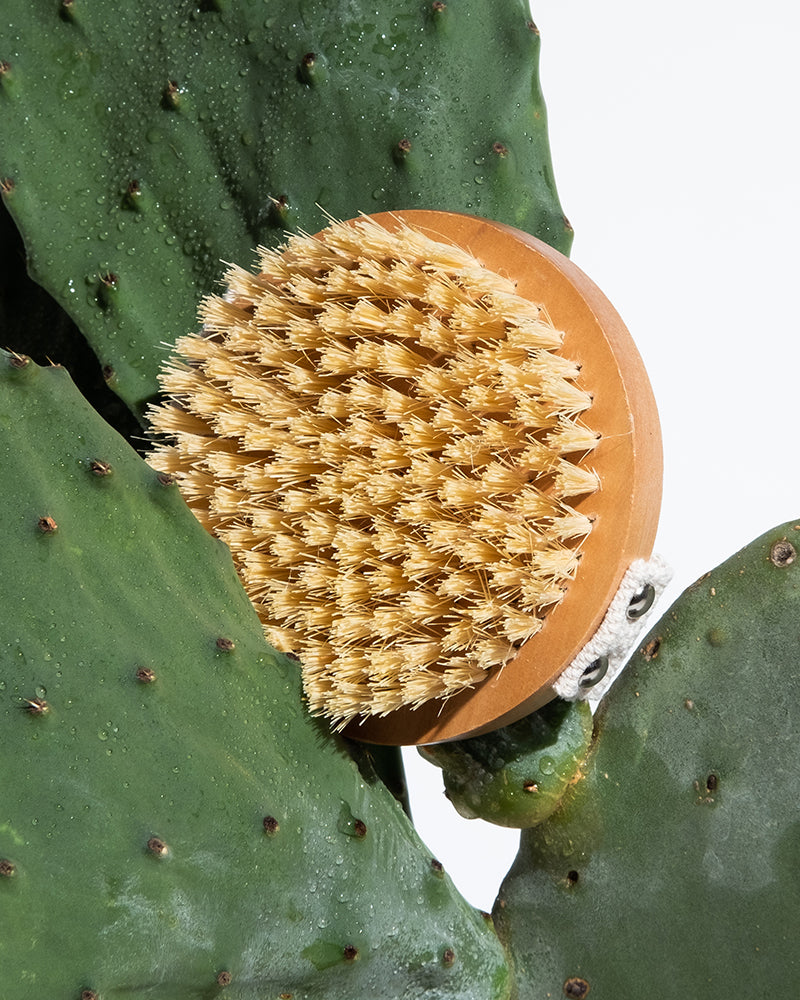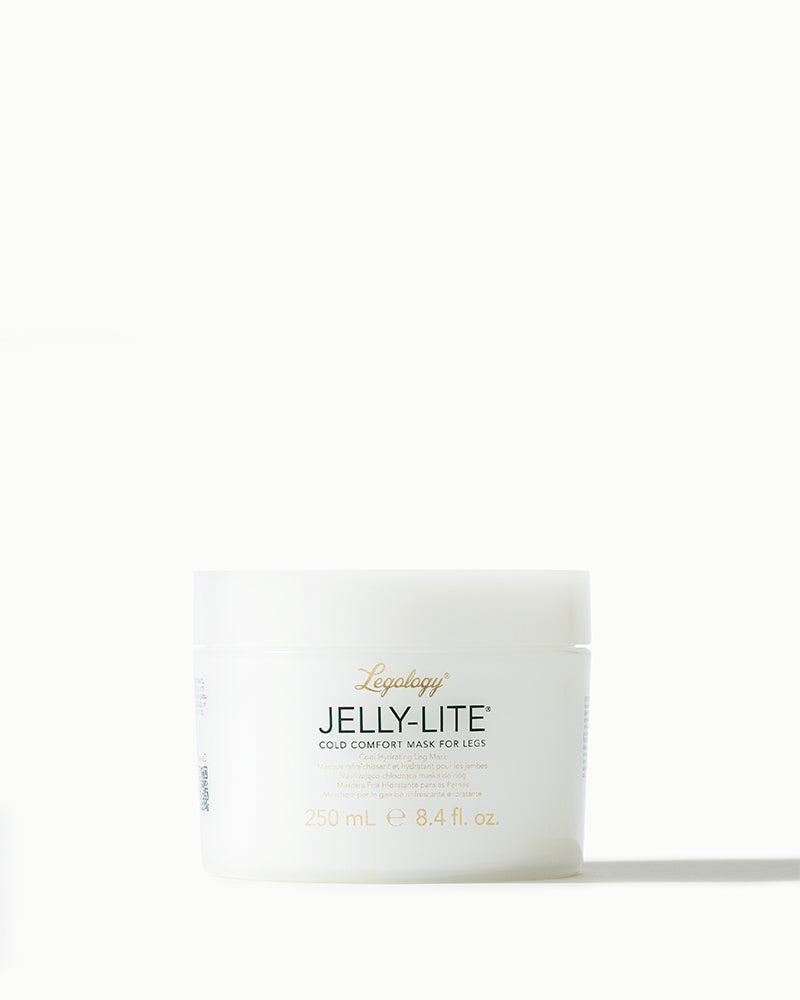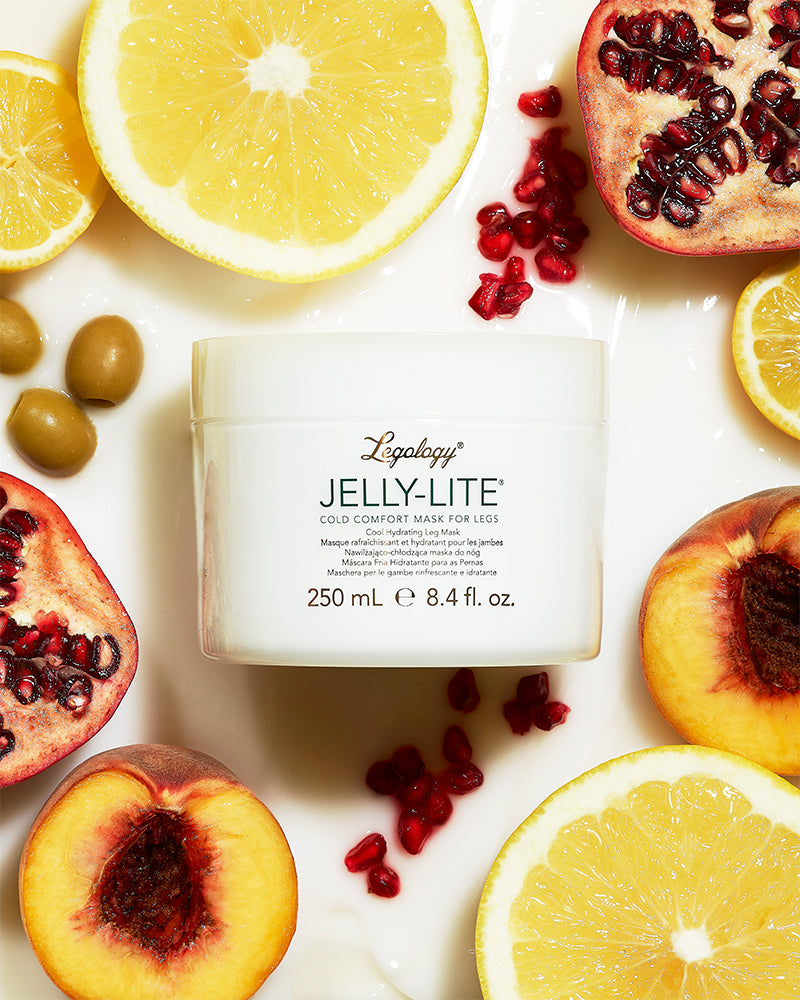Cellulite Under The Microscope

Did you know that all cellulite is not made equal? Some years ago, dermatologists published a cellulite ‘severity scale’ to rank the condition using three grades and make treatment more targeted and effective. This is how they categorised and described the different cellulite types:
Grade 1, or mild:
has a dimpled appearance (they describe it as ‘orange peel’) with between one and four superficial depressions, and a slightly ‘draped’ or sagging appearance to the skin.
Grade 2, or moderate:
has between five and nine medium-depth depressions, a ‘cottage cheese’ appearance, and the skin appears moderately draped.
Grade 3, or severe:
has a ‘mattress’ appearance, with 10 or more deep depressions, and the skin is severely draped.
Clinical Image Of Cellulite
Clinically speaking, nodular, uneven surface of the skin is a sign of cellulite – and the word ‘cellulite’ refers to this appearance and the activity at cellular level that is behind it, not fat.
Cellulite, as we know, is largely a female issue, but both sexes can develop it – with women it’s down to the structure of the subcutaneous fatty tissue, while for men it usually occurs when using anti-androgen therapy (like prostate cancer treatment). Men normally develop cellulite around their necks and stomachs while, for women, it most often appears on thighs, tummy, upper arms and buttocks, places which have a lot of the receptors responsible for lipogenesis.
For dermatologists, the way the skin changes also makes it possible to divide cellulite into three types:
- Tough type (in women practising sports where the great cohesion of the skin and the well-developed musculature are characteristic)
- Slender form (in women of the perimenopausal age, is also appearing after dieting; pliability of muscles is characteristic, the skin is poorly tense and loose)
- Hydropic form (the most severe form, appears in women with serious disorders of the cardiovascular system)
The Role Of Collagen
While lymph and the metabolism of waste is hugely impactful on cellulite, many dermatologists believe a key cause of cellulite are the structural changes in the collagen fibres – the connective tissue between cells – caused by hormonal imbalances, lack of exercise and sluggish blood circulation.
When collagen fibres beneath the skin lose their strength and elasticity, underlying fat cells start to push through the layers of fibres creating lumps of cellulite under the skin.
Under normal circumstances, all fat cells under the skin create regular and even layers because they are nicely attached to connective tissue (collagen fibres) between skin and muscles. But with cellulite part of those fat cells under skin become detached from weakened connective tissue (collagen) stick together and create small lumpy fatty deposits that look just like cottage cheese. As this free-floating fat accumulates and expands in size, it pushes up against the skin, which gives the lumpy appearance and dimpling effect.
Cellulite becomes noticeable when the underlying fat deposits begin to push through layers of weak collagen fibres that form connective tissue under the skin.
Another key cause of cellulite is the weakness of blood vessels. When the walls of blood vessels lose elasticity excess fluids and waste products, instead of being excreted, press towards the fat tissue where they attach to the fat cells, thus causing swelling and cellulite.
In addition, poor blood circulation leads to the reduced supply of oxygen and nutrients causing the metabolism to slow down.




